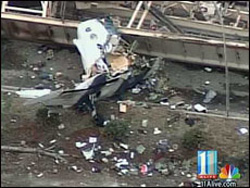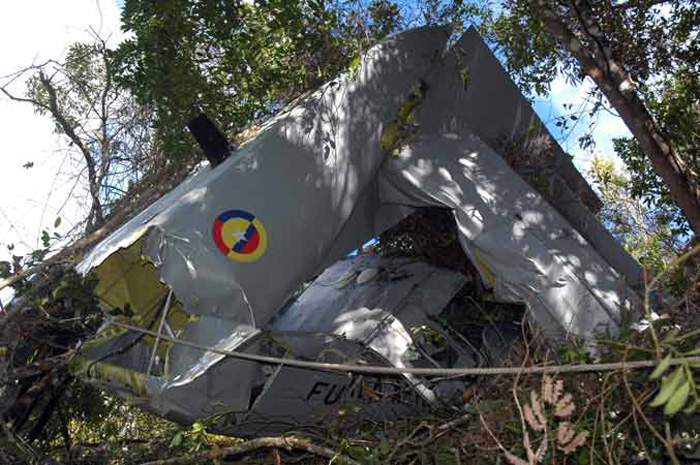Crash of a Cessna 414A Chancellor in Lawrenceville: 3 killed
Date & Time:
Dec 25, 2006 at 2030 LT
Registration:
N62950
Survivors:
No
Schedule:
Pahokee - Lawrenceville
MSN:
414-0086
YOM:
1970
Crew on board:
1
Crew fatalities:
Pax on board:
2
Pax fatalities:
Other fatalities:
Total fatalities:
3
Captain / Total hours on type:
406.00
Aircraft flight hours:
4313
Circumstances:
According to Atlanta Air Route Traffic Control Center (ARTCC) personnel, the pilot was given the current weather information before attempting his first instrument approach into Gwinnett County Airport-Briscoe Field (LZU), Lawrenceville, Georgia, which included: winds calm, visibility 1/2-mile in fog, and ceiling 100 feet. The pilot acknowledged the current weather information and elected to continue for the instrument landing system (ILS) runway-25 approach. During the first landing attempt, the pilot reported that he was going to execute a missed approach, but that he saw the airport below and wanted to attempt another approach. The ARTCC controller provided the pilot with radar vectors back to the ILS runway-25 approach and again updated the pilot with current weather conditions. During the second approach the tower controller advised the pilot that he was left of the runway-25 centerline. Shortly after the pilot acknowledged that he was left of the centerline, the tower controller saw a bright "orange glow" off of the left side of the approach end of runway 25. Although the weather conditions were below approach minimums for the runway 25-approach, the pilot elected to attempt the landing. A flight inspection of the ILS was completed on December 26, 2006, and the results of the inspection revealed that the ILS runway-25 approach system was satisfactory. Examination of the airframe, flight control system components, engines and system components revealed no evidence of preimpact mechanical malfunction.
Probable cause:
The pilot's failure to follow the instrument approach procedure. Contributing to the accident was the pilot's descent below the prescribed decision height altitude.
Final Report:











